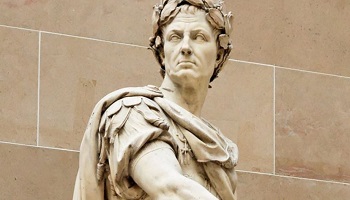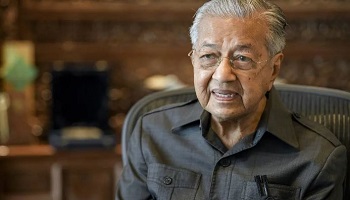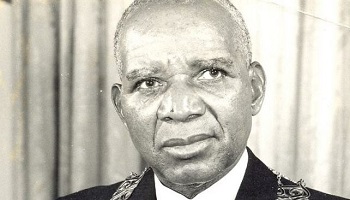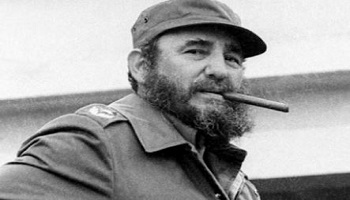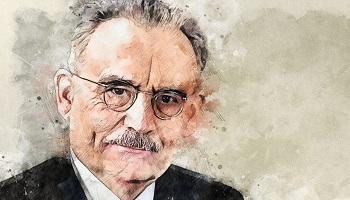
Willem Drees Net Worth The Legacy of the Dutch Prime Minister
Willem Drees, a name synonymous with the modern political history of the Netherlands, was a figure whose leadership, integrity, and vision shaped the Dutch political landscape for decades. Serving as the Prime Minister of the Netherlands from 1948 to 1958, Drees led the country through its post-war recovery, implementing policies that would lay the foundation for the welfare state that the country is known for today. While his political career is widely acknowledged, questions surrounding his personal wealth—particularly his net worth—remain less discussed. How did Willem Drees accumulate wealth, and how did his financial status reflect his position as a public servant during a critical period in Dutch history?
In this blog post, we’ll explore Willem Drees’ life, political career, leadership style, and the potential sources of his wealth. We will delve into the context of his time as Prime Minister and examine how his personal financial situation compared to his political influence and legacy.
Who Was Willem Drees?
Willem Drees was born on July 5, 1886, in Amsterdam, Netherlands, into a working-class family. His early life was shaped by his humble beginnings, and his political consciousness grew as he witnessed the struggles of the working class in early 20th-century Europe. Drees started his career as a civil servant and eventually became involved in the Social Democratic Workers’ Party, which later evolved into the Labour Party (PVDAG). His advocacy for social justice, workers’ rights, and economic equality positioned him as a prominent figure in Dutch politics.
Drees’ political trajectory saw him move through the ranks, and he eventually served as the Prime Minister of the Netherlands from 1948 to 1958. His leadership was instrumental in navigating the post-World War II recovery, and he is widely regarded as one of the architects of the Dutch welfare state. His vision of economic and social stability for the country, especially for the working class, made him a beloved leader.
Willem Drees’ Political Legacy
Willem Drees is best remembered for his role in rebuilding the Netherlands after the devastation of World War II. His policies were centered around recovery, economic stability, and social justice, creating a strong foundation for the welfare state that would characterize much of the Netherlands’ post-war economic policies.
Post-War Recovery
At the time of Drees’ tenure, the Netherlands was still struggling to recover from the ravages of World War II. The country had suffered major infrastructure damage, food shortages, and widespread poverty. Drees’ government implemented several measures to rebuild the nation, including:
- The Marshall Plan: Drees was instrumental in securing aid through the U.S.-funded Marshall Plan, which provided essential financial assistance to help Europe recover after the war.
- Economic and Social Reforms: Drees’ government introduced social welfare programs such as universal healthcare and unemployment benefits, which provided a safety net for Dutch citizens and contributed to the creation of the modern welfare state.
- Industrial Growth and Housing: The post-war period saw significant industrial growth, and Drees’ government played a key role in the development of the country’s housing sector to accommodate the growing population.
Leadership and Governance
Willem Drees was known for his pragmatic and steady leadership. He was a moderate and often took a centrist approach to governance, seeking compromises between the left-wing socialist ideals of his party and the conservative values of other political factions. His ability to maintain a delicate balance in a coalition government helped ensure political stability during a period of great uncertainty.
Drees was also known for his incorruptible nature, a quality that made him highly respected both in the Netherlands and internationally. He was admired for his modesty, intellectual rigor, and commitment to public service, often living a life that reflected his belief in social equality and justice.
Willem Drees’ Net Worth
Willem Drees was a public servant, and like most politicians of his time, his income came from his work in government. As Prime Minister of the Netherlands, Drees would have received a government salary, but his wealth was not built through private enterprise or business ventures. Instead, Drees was known for his relatively modest lifestyle, even by the standards of the political elite.
Given that his income was derived from his public office, Drees’ net worth is believed to have been relatively modest, especially compared to modern-day politicians or business leaders. However, several factors may have contributed to the financial security that Drees enjoyed during his life.
Income from Public Service
As Prime Minister, Willem Drees earned a salary commensurate with the position of a head of state, but this income was not extravagant by any means. The Dutch political system has historically not been known for offering huge salaries to its leaders. However, Drees would have enjoyed financial security, particularly with the rise of the Dutch welfare state, which provided public servants with stable pension schemes and other benefits.
Modest Lifestyle
One key aspect of Willem Drees’ life was his emphasis on living a modest and simple lifestyle. He was known for his frugality, avoiding the lavish living typical of many politicians. Despite being a prominent leader, Drees never flaunted his status or wealth. His lifestyle, which emphasized humility and public service, was seen as a reflection of his political values. This frugality, coupled with his steady government salary, likely kept his personal wealth at a moderate level.
Public Pension and Post-Premiership Life
After his time as Prime Minister, Drees continued to serve the Dutch government in various capacities. His income after stepping down from office would have come from his pension as a former prime minister, as well as any roles he took up as a senior advisor or public figure. While exact figures regarding his post-office income are not readily available, it is likely that Drees continued to live comfortably due to his pension and continued social recognition.
Legacy and Reflection on Wealth
Willem Drees’ wealth should be understood in the context of his values as a public servant. Unlike many modern political figures, Drees did not use his position for personal enrichment, nor did he engage in private business ventures. His legacy is defined more by his contributions to the welfare state and his commitment to public service than by any accumulation of personal wealth.
While it is impossible to pinpoint Drees’ exact net worth, it is clear that his financial success, if measured by wealth, was modest. His true wealth was in the impact he had on his country. Under his leadership, the Netherlands emerged from the ashes of war to become a prosperous, socially just society. His focus on public welfare and the redistribution of wealth through social policies helped lift millions of Dutch citizens out of poverty. Drees’ legacy continues to influence Dutch politics today, as his model of a strong welfare state has endured for generations.
Willem Drees was a man of the people, whose leadership and service to the Netherlands will be remembered long after his death. His wealth, while modest, was secondary to his legacy as a statesman. Drees understood that his role as Prime Minister was not to accumulate personal riches but to ensure the welfare and future of his fellow citizens. Today, his impact on Dutch society can still be seen in the welfare programs that provide a safety net for the population. His life remains a testament to the notion that true wealth lies not in material possessions but in the lasting positive impact one leaves on society.
While the exact figure of Willem Drees’ net worth may remain speculative, his legacy is priceless, built not on the accumulation of wealth but on the strength and stability he brought to the Netherlands during one of its most turbulent times.
